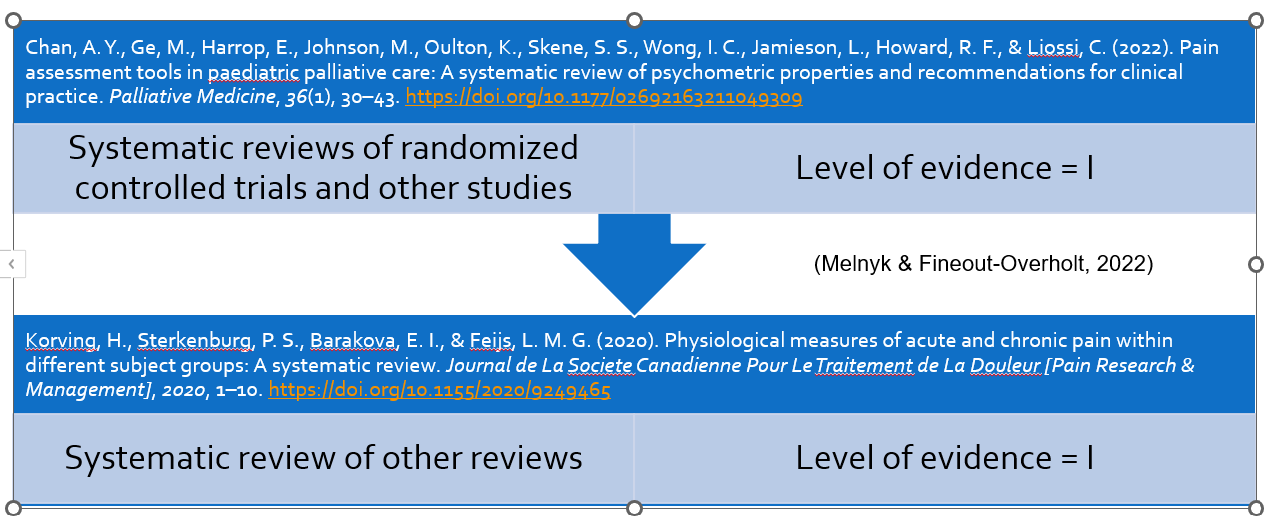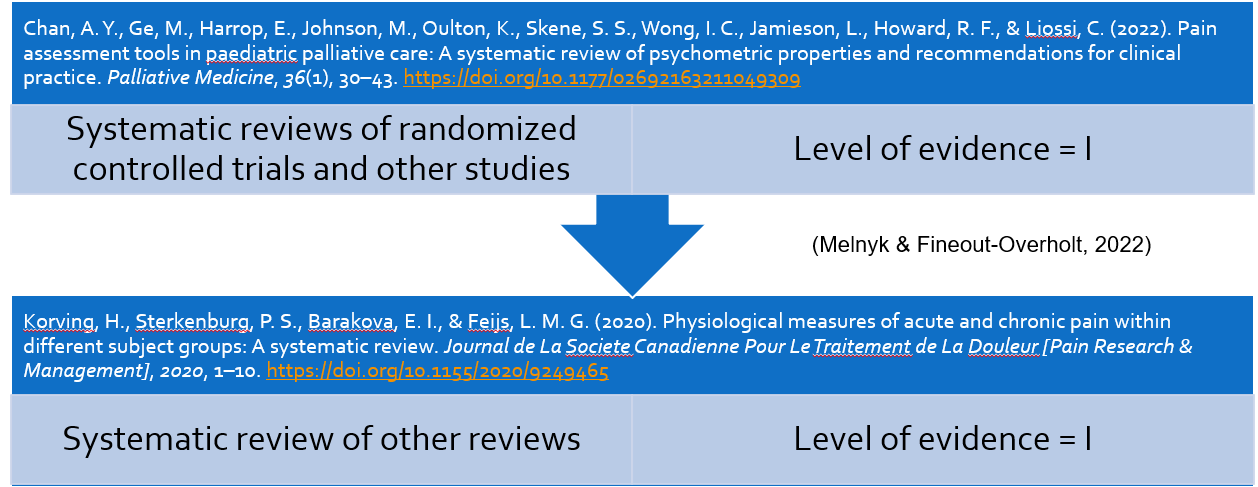Two types of pain assessment are used among toddlers: behavioral and physiological methods of pain assessment. Physiological indicators include heart rate, oxygen saturation rates, blood pressure, respiratory patterns, and respiratory rates. Behavioral indicators include but are not limited to irritability, restlessness, aggressiveness, screaming, sobbing, and disturbance in sleep. Pain scales used among pediatrics most often use behavioral patterns to assess pain.
Clinical Question
My research question stated: among preverbal pediatric patients, does the use of pain scales more accurate in pain assessment compared with physiological indicators? My population in this clinical issue is preverbal pediatric patients, intervention is the use of pain scales, and comparison is the use of physiological indicators in pain assessment. The outcome of these interventions is the accuracy of pain assessment.
Search Databases
My databases were the Cumulative Index to Nursing and Allied Health Literature, Cochrane databases of systematic reviews, the American Psychological Association PsycINFO, and PubMed databases. These databases contain peer-reviewed journals of various types and books, among other literature sources.
Selected Articles #1 & 2

Both articles are Systematic reviews of randomized controlled trials and other studies. Therefore, their level of evidence is level I according to Melnyk & Fineout-Overholt (2022).
Selected Articles #3 & 4

Both articles are Systematic reviews of randomized controlled trials and other studies. Therefore, their level of evidence is level I according to Melnyk & Fineout-Overholt (2022)
Strengths of Using Systematic Reviews
Systematic reviews are considered sources of literature strongest evidence level. However, other methodologies also provide good evidence for healthcare decision-making. They have a narrow focus and thus a high level of evidence. They incorporate comprehensive and systematic evidence searches. Utilize relevant primary sources to provide more focused evidence. Their data synthesis is systematic, rigorous, systematic, and clear thus easily retrievable and usable. The findings have sufficient statistical power when many RCTs articles are used.
References
Ahn, E., & Kang, H. (2018). Introduction to systematic review and meta-analysis. Korean Journal of Anesthesiology, 71(2), 103–112. https://doi.org/10.4097/kjae.2018.71.2.103
Chan, A. Y., Ge, M., Harrop, E., Johnson, M., Oulton, K., Skene, S. S., Wong, I. C., Jamieson, L., Howard, R. F., & Liossi, C. (2022). Pain assessment tools in paediatric palliative care: A systematic review of psychometric properties and recommendations for clinical practice. Palliative Medicine, 36(1), 30–43. https://doi.org/10.1177/02692163211049309
Kang, H. (2021). Use, application, and interpretation of systematic reviews and meta-analyses. Korean Journal of Anesthesiology, 74(5), 369–370. https://doi.org/10.4097/kja.21374
Korving, H., Sterkenburg, P. S., Barakova, E. I., & Feijs, L. M. G. (2020). Physiological measures of acute and chronic pain within different subject groups: A systematic review. Journal de La Societe Canadienne Pour Le Traitement de La Douleur [Pain Research & Management], 2020, 1–10. https://doi.org/10.1155/2020/9249465
Letzkus, L., Fehlings, D., Ayala, L., Byrne, R., Gehred, A., Maitre, N. L., Noritz, G., Rosenberg, N. S., Tanner, K., Vargus-Adams, J., Winter, S., Lewandowski, D. J., & Novak, I. (2021). A systematic review of assessments and interventions for chronic pain in young children with or at high risk for cerebral palsy. Journal of Child Neurology, 36(9), 697–710. https://doi.org
